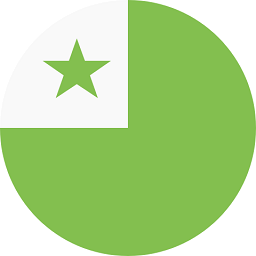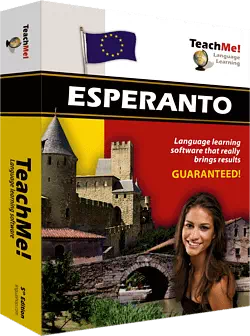Step 5 : The plural in Esperanto
The plural is important in Esperanto when you need to talk about more than one thing. Using the nouns libro, seĝo and pordo (book, chair, door) which you learned in Step 3, learn the plural of each of these words by heart. The plural forms are la libroj, seĝoj and pordoj. Now learn how to use each of these Esperanto plural nouns with the definite article. The nouns together with the definite article are la libroj, la seĝoj and la pordoj (the books, the chairs, the doors). You can scroll to the top of this page to see a short lesson about the Esperanto plural including useful examples. After you've learned the plural of libro, seĝo and pordo, you can move on to Step 6 (Esperanto demonstrative pronouns).






